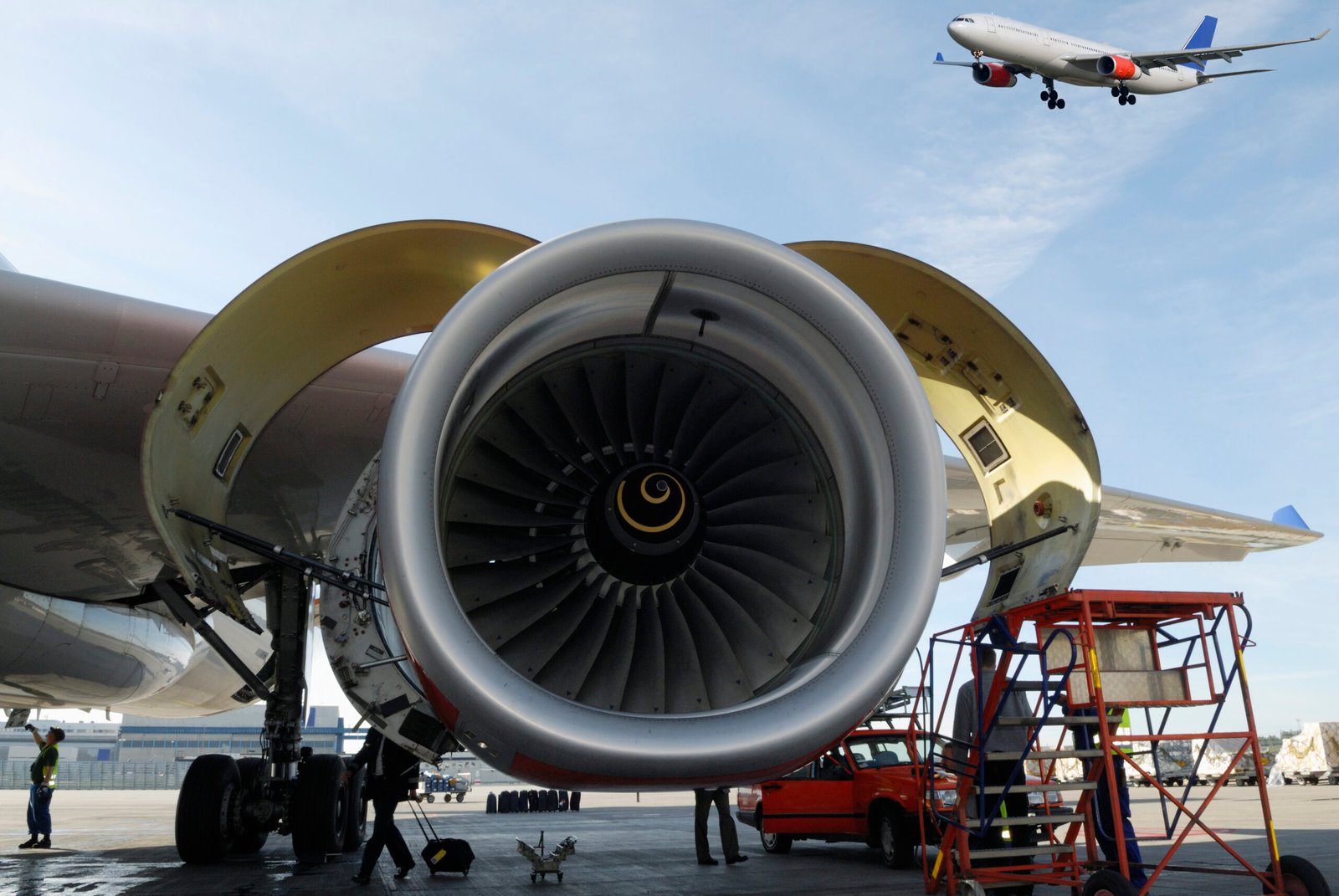pilot life
Behind the Cockpit: A Day in the Life of an Airline Pilot
Ever wondered what it’s like to soar through the skies, commanding a massive airplane and ensuring hundreds of passengers arrive at their destinations safely? Being an airline pilot is not just a job; it’s a passion that requires extensive training, dedication, and skill. Let’s take you behind the scenes and explore what it takes to become a pilot, including aviation schools, useful resources, and the indispensable role of FAA-approved training programs.
*Aviation Schools: Navigating Your Path**
The journey to becoming an airline pilot often begins with formal education. Aviation schools offer various types of courses tailored for aspiring pilots. Generally, these can be categorized into:
1. **Degree Programs:** Many universities provide bachelor’s degrees in aviation science or aeronautical engineering. These programs encompass flight training along with essential coursework in subjects like meteorology and navigation.
2. **Certificate Programs:** For those looking for a quicker route into the cockpit, certificate programs focus specifically on the required flight hours and practical skills needed for obtaining private or commercial pilot licenses.
3. **Accelerated Flight Schools:** Ideal for individuals eager to fast-track their careers, these schools offer intensive flight training designed to equip students with everything they need within months.
4. **Online Courses:** Some institutions have begun offering online modules covering theoretical aspects of aviation—perfect for those balancing work or other commitments alongside their studies.
Choosing the right path depends on personal goals and timelines but rest assured that each type offers vital insights into aviation fundamentals.
*Resources You Can Rely On**
In today’s digital age, staying informed is crucial. Fortunately, numerous blogs and websites cater to both novice enthusiasts and seasoned professionals alike:
**AirlinePilotCentral.com**: A comprehensive resource that provides information about airlines’ hiring trends along with forums where pilots share experiences.
**Flying Magazine**: This publication delivers articles about flying techniques, safety tips, and reviews on new aircraft—all invaluable for any aspiring aviator.
**Piper Aviators Blog**: Dedicated to sharing tales from fellow pilots along with tips on maintaining planes—an excellent read for hands-on learners.
Social media platforms also serve as vibrant communities where pilots connect:
Follow hashtags like #PilotLife or #AviationDaily on Instagram to catch stunning aerial shots while learning from industry veterans.
Join Facebook groups such as “Aviation Enthusiasts” or “Future Pilots” where members share advice and opportunities related to flight training.
*FAA Flight Schools & Simulators**
The Federal Aviation Administration (FAA) plays a pivotal role in regulating flight training standards in America. FAA-approved flight schools are essential for anyone serious about becoming an airline pilot—they adhere strictly to safety regulations while providing high-quality instruction.
These schools often boast advanced simulators that replicate real flying conditions without leaving the ground! These state-of-the-art devices allow trainees to practice maneuvers they might encounter during actual flights—perfecting everything from emergency procedures to navigation techniques without putting anyone at risk.
As your day unfolds behind the cockpit—from pre-flight checks through cruising altitude—you’ll realize that every moment spent learning contributes toward achieving your dream of commanding an aircraft. Embrace this exciting journey filled with challenges but equally rewarding milestones; after all, adventure awaits just beyond the horizon!

From Runway to Sky: A Day in the Life of a Commercial Pilot
The allure of the skies has captivated dreamers and adventurers for generations. For those who pursue a career as a commercial pilot, this fascination transforms into a rewarding reality, filled with challenges, excitement, and responsibility. To embark on this exhilarating journey, prospective pilots often turn to aviation schools. These institutions offer a range of courses tailored to different aspirations and skill levels.
Aviation schools can be categorized primarily into three types of programs: degree programs, certificate programs, and vocational training. Degree programs typically span four years and culminate in an aviation-related bachelor’s degree, providing comprehensive knowledge not only about flying but also about aviation management and safety protocols. On the other hand, certificate programs are more focused on specific skills needed for piloting; they can range from private pilot certificates to instrument ratings. Lastly, vocational training offers hands-on experience through flight simulation and ground school without the commitment of a full degree.
Once armed with the necessary qualifications, aspiring pilots often seek guidance from various resources within the aviation community. Numerous blogs and websites provide valuable insights into industry trends, tips for flight training success, and personal experiences from seasoned aviators. Notable mentions include “Flying Magazine,” which covers everything from aircraft reviews to pilot stories; “Airline Pilot Central,” where aspiring aviators can find forums discussing airline hiring processes; and “Flight Training” magazine that focuses on educational content targeted towards new pilots.


Social media platforms have also become hubs for aviation enthusiasts. Instagram accounts like @pilotsofinstagram showcase breathtaking aerial photography alongside glimpses into day-to-day life in the cockpit. Twitter is home to passionate aviators sharing real-time updates about flights under hashtags like #AvGeek or #PilotLife. YouTube channels such as “Captain Joe” offer engaging video tutorials covering everything from technical explanations of aircraft systems to entertaining vlogs detailing layover adventures around the globe.
For those serious about pursuing their dreams of becoming commercial pilots, finding an FAA-approved flight school is crucial. The Federal Aviation Administration (FAA) sets rigorous standards for flight training institutions across the country, ensuring that students receive quality education that meets national safety guidelines. Many FAA-certified schools provide comprehensive ground lessons coupled with practical flight time using top-notch aircraft equipped with advanced technology.
Additionally, simulators play an integral role in pilot training by delivering realistic scenarios without leaving the ground. Flight simulators replicate cockpit environments precisely—complete with instruments and controls—allowing trainees to practice emergency procedures or navigation techniques safely while honing their skills before taking off in actual airplanes.
As dawn breaks on any given day at an airport bustling with activity, commercial pilots prepare for their flights amidst pre-flight checks and briefings that precede takeoff. Each task is performed meticulously—from inspecting equipment to reviewing weather conditions—with every detail holding significant weight in maintaining passenger safety.
The journey from runway to sky is one marked by precision, dedication, and continuous learning—a testament to the passion driving those who choose this remarkable profession. With pathways laid out through various educational avenues combined with invaluable online resources available today, budding aviators stand at a unique crossroads filled with potential just waiting to be explored!
From Takeoff to Landing: A Day in the Life of a Commercial Pilot
The world of aviation is as thrilling as it is intricate, offering a unique blend of science, technology, and adventure. For those aspiring to soar through the skies as commercial pilots, understanding what goes into their daily lives is essential. This journey often begins with education, which can take various forms depending on individual goals.
## Aviation Schools: Types of Courses
Aviation schools come in many flavors, each catering to different aspirations within the field. Traditional universities offer comprehensive degree programs in aeronautical science or aviation management. These four-year degrees not only provide flight training but also cover essential subjects like air traffic control, meteorology, and aviation law.
For those seeking a quicker path, vocational schools and flight academies focus primarily on flight training. Programs here can range from private pilot licenses to advanced certifications for multi-engine aircraft. Many of these institutions integrate hands-on experience with state-of-the-art simulators, allowing students to hone their skills before stepping into a real cockpit.
Online courses are also gaining popularity among aspiring pilots who wish to supplement their education while maintaining flexibility. These courses generally cover theoretical knowledge—like navigation principles and regulations—enabling students to learn at their own pace before undertaking practical training.

## The Digital Landscape: Aviation Blogs and Websites
As part of their ongoing education and networking, pilots often turn to various online resources for insights and updates about the industry. Here are several noteworthy blogs and websites that serve as excellent sources of information:
1. **Airline Pilot Central** – A hub for news articles related to airlines, pilot jobs, salary data, and industry trends.
2. **Flying Magazine** – Offers tips on flying techniques alongside reviews of new aircraft technologies.
3. **AOPA (Aircraft Owners and Pilots Association)** – Provides resources for both student pilots and seasoned aviators including safety seminars.
4. **Pilot’s Discretion** – A community-driven blog where pilots share personal stories from their flying experiences.
Social media platforms are another great way for pilots to connect with peers worldwide. On Twitter or Instagram, you’ll find hashtags like #AvGeek or #PilotLife that lead you down rabbit holes filled with breathtaking aerial shots and engaging narratives from fellow aviators.
## FAA Flight Schools: Training Resources
In the United States, the Federal Aviation Administration (FAA) certifies numerous flight schools across the country that uphold rigorous standards for pilot training. When searching for an FAA-approved school or airplane simulator facility, prospective pilots should consider factors such as location convenience, available aircraft types for training purposes, instructor qualifications, and overall reputation in the aviation community.
Many established flight schools offer access to advanced simulators that mimic real-life flying conditions without ever leaving the ground—ideal for mastering emergency procedures or fine-tuning your piloting skills before hitting the skies.
## Conclusion
While every day in a commercial pilot‘s life varies—from pre-flight checks at dawn to landing after a long haul—the foundation laid during initial training remains critical throughout their career journey. Aspiring aviators must immerse themselves in diverse educational paths while staying connected through rich networks found online. With dedication and continuous learning from reputable sources within this dynamic field of aviation, anyone can chase their dreams above the clouds!


